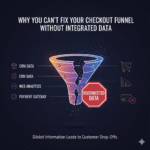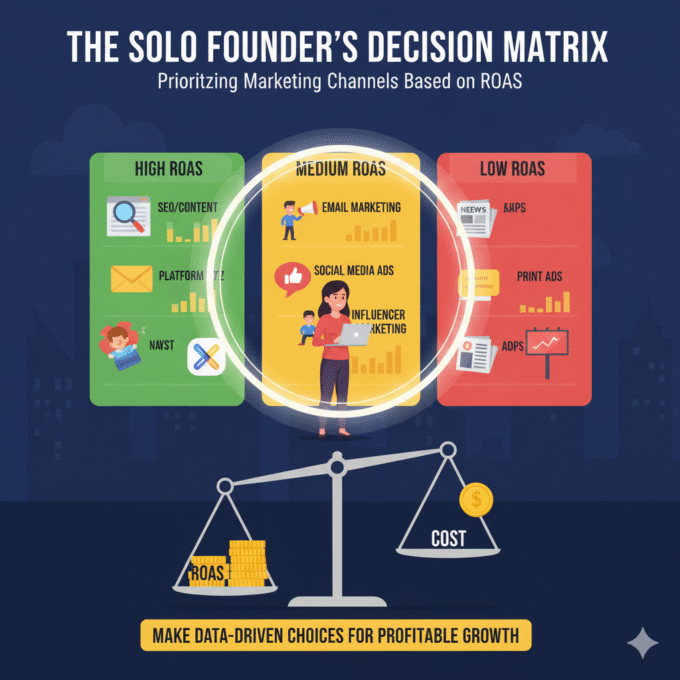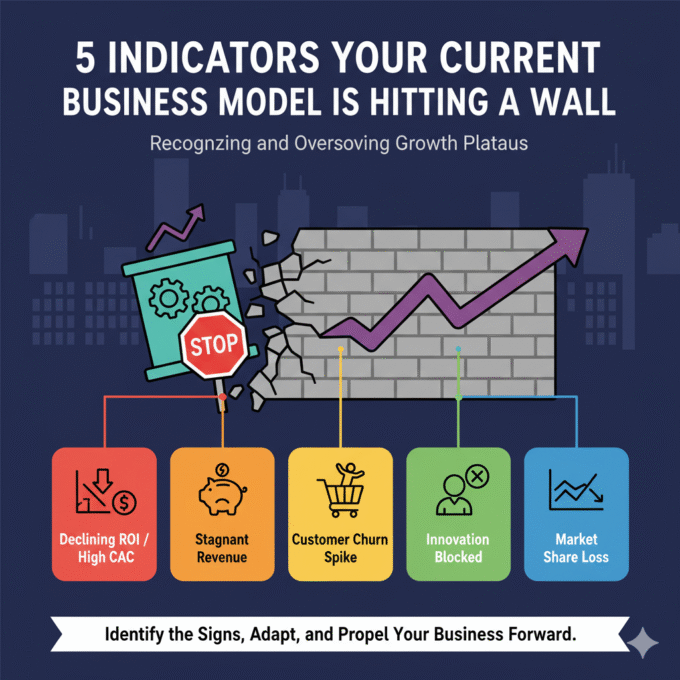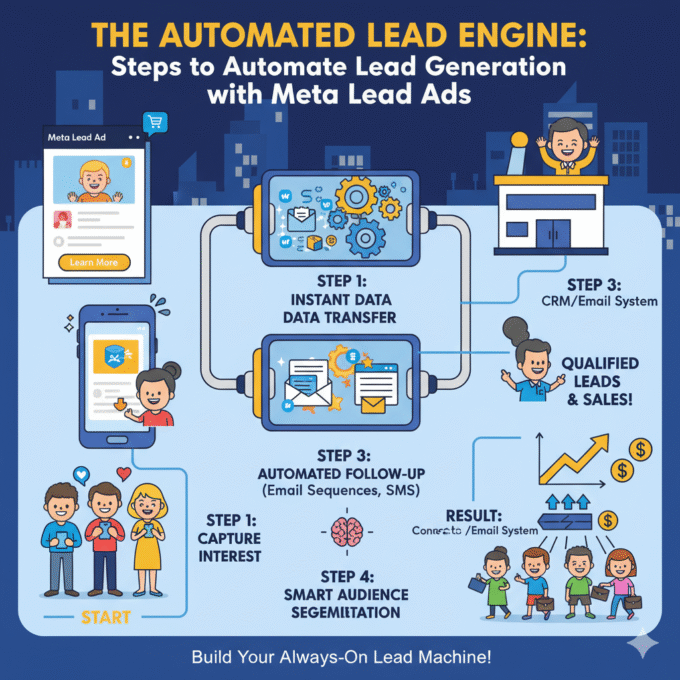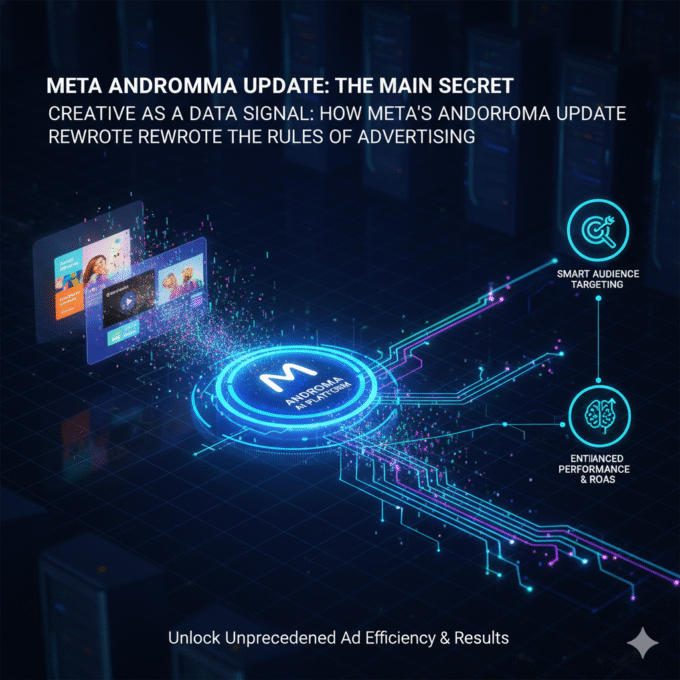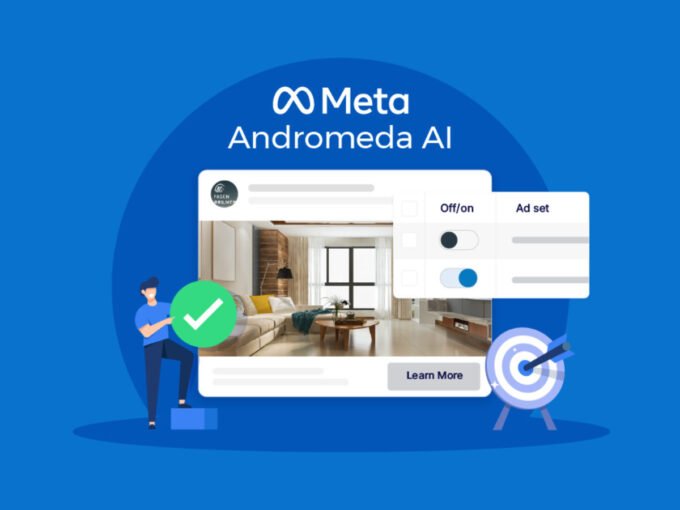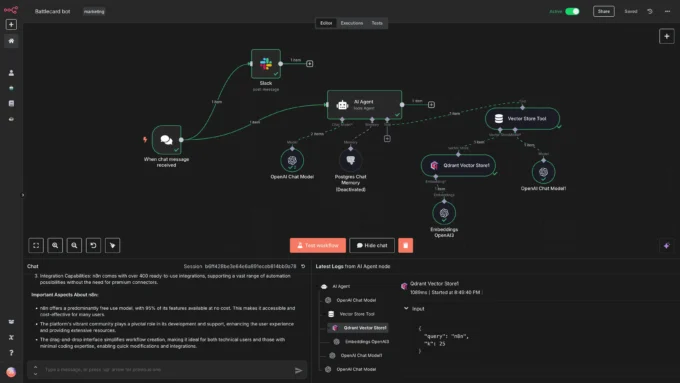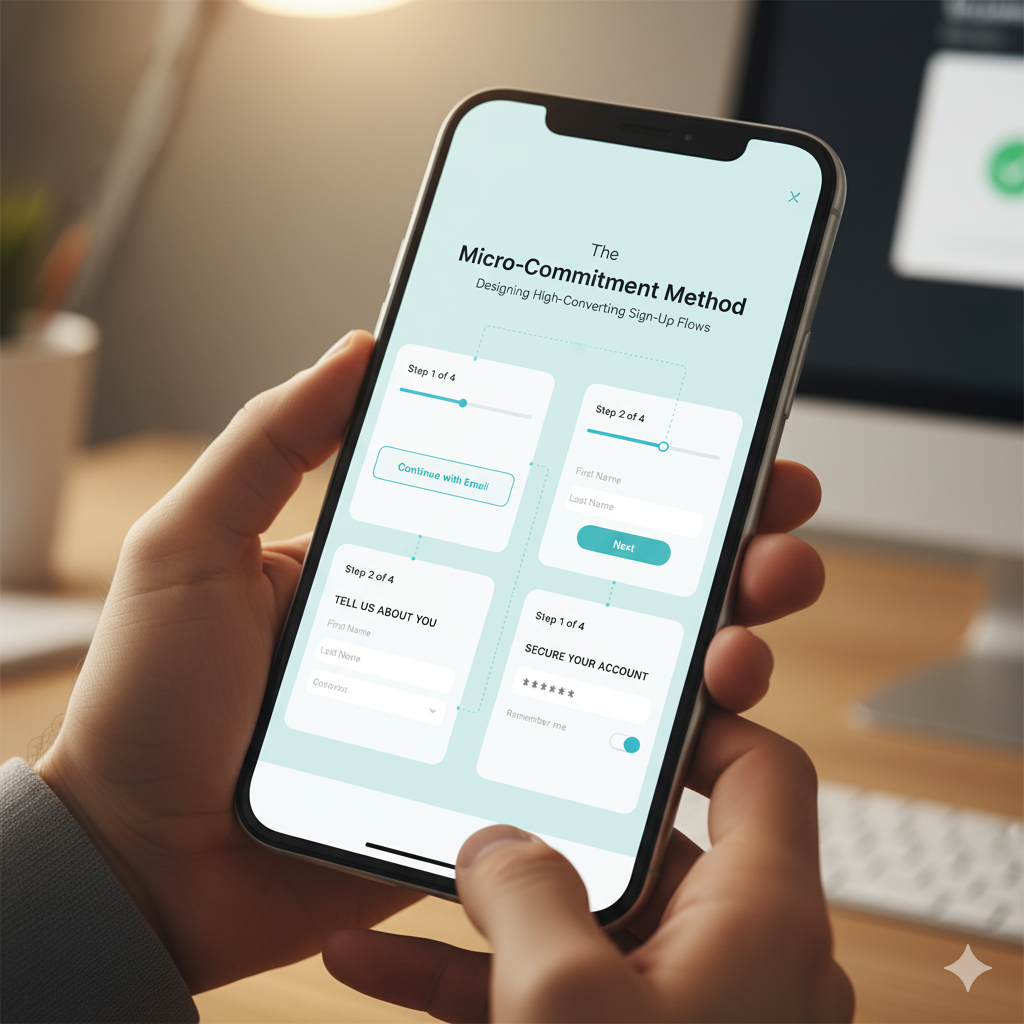
The Micro-Commitment Method: Designing High-Converting Sign-Up Flows
September 29, 20254 Mins read25 ViewsThe Micro-Commitment Method: Designing High-Converting Sign-Up Flows
You’ve built a powerful landing page. The headline is catchy, the copy is compelling, and the testimonials are authentic. But when you look at your analytics, your sign-up conversion rate is disappointingly low. The users are interested—they’re clicking on your ads, reading your page—but they’re not completing the form.
The common response is to A/B test a different color button or rewrite a headline. While these are useful tactics, they often fail to address the fundamental problem: you are asking for too much, too soon. Your sign-up form isn’t a technical hurdle; it’s a psychological one.
The solution is a strategy rooted in sales funnel psychology known as the Micro-Commitment Method. This approach doesn’t ask for a single, overwhelming “yes.” Instead, it breaks down the sign-up process into a series of small, manageable “yeses,” building momentum and leveraging human psychology to drive your high-converting sign-up flows.
The Psychological Flaw of the Single-Step Form
Think of the traditional sign-up form. It’s a single page with multiple fields: Name, Email, Company, Phone Number, Job Title. When a user lands on this page, they are presented with a list of demands. They have to mentally commit to filling out the entire form before they even start.
This creates what psychologists call “commitment anxiety.” It’s like asking a stranger to join you on a multi-day road trip before you’ve even had a first conversation. The request is too big, too fast, and the mental friction is enough to make them leave.
The Micro-Commitment Method flips this on its head. It’s based on the principle of Commitment and Consistency—the idea that once people commit to a small action, they are more likely to follow through with a larger, more significant one.
Your goal is to get the user to say a small “yes” first, making it far easier to get the big “yes” later.
The Core Principle: What a Micro-Commitment Actually Is
In a digital context, a micro-commitment is any small, low-friction action that builds momentum toward a conversion. It’s a small “ask” that feels easy and safe, preparing the user for a bigger “ask” down the line.
Examples of micro-commitments in action:
- A Click: The user clicks a button like “Start Now” or “Get Your Free Report” before they even see a form.
- An Email Submission: The user provides only their email address on the first form field, before being asked for their name, company, or other details.
- A Simple Quiz: The user answers a single, low-stakes question (e.g., “Are you a business owner or a freelancer?”) to begin a process.
The objective of each of these steps is to lower the initial barrier and ease the user into the funnel. They don’t feel like a high-stakes transaction; they feel like a simple, logical next step.
The Micro-Commitment Method: A Step-by-Step Guide
To truly optimize lead forms, you need to think of your sign-up process as a choreographed dance, not a single leap of faith.
Step 1: The Landing Page & The Button
The first micro-commitment is getting the user to click. Your landing page should be singularly focused on a clear value proposition. The headline and copy should immediately convey what the user will gain by clicking the button.
- Bad CTA: “Sign Up for Your Free Trial Now” (This feels like a big ask).
- Good CTA: “Get Your Free Guide” or “Start Your Free Account.” The goal is to make the button click feel like a small step toward a big reward, not the final commitment itself.
Step 2: The Two-Step Form
This is the most effective application of the Micro-Commitment Method. It is the secret behind a high-converting sign-up flow.
- Step 2a: The First Ask (The Low-Friction Request)Once the user clicks your low-stakes button, the first part of your form appears. This form should only ask for one thing: their email address. The user has already committed once by clicking the button, so they are psychologically primed to provide a small, easy-to-provide piece of information. This is the essence of a micro-commitment landing page.
- Step 2b: The Second Ask (The Full Request)After they have entered their email, the second part of the form appears, asking for their name, company size, phone number, etc. By this point, the user is already mentally invested. They have already given you a small “yes,” and they have a stake in completing the process. The psychological momentum you’ve built makes them far more likely to finish the form than if they had been presented with it all at once.
Step 3: The Post-Conversion Momentum
The method doesn’t end after the sign-up. Your thank-you page is an opportunity to prompt the next micro-commitment and keep the momentum going.
- Bad Thank-You Page: “Thank you. We’ll be in touch.” (This is a momentum killer).
- Good Thank-You Page: “Thank you! Check your inbox for your guide. While you wait, here’s a quick 30-second video on how to get started.”
This small “ask” keeps the user engaged and moving down the funnel.
Key Takeaways to Optimize Lead Forms
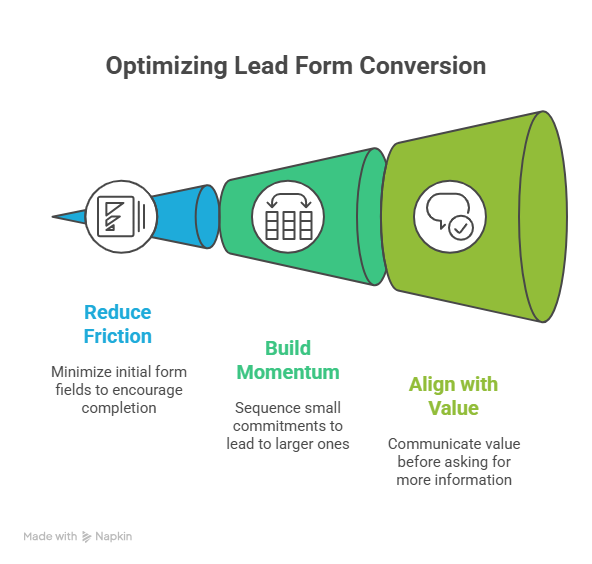
The Micro-Commitment Method is a strategic shift from asking for a single big commitment to building a series of small ones.
- Lower Friction: The fewer fields on your first step, the higher your conversion rate will be.
- Build Momentum: Use a sequence of small yeses to get a bigger yes. The more you can break down your sign-up process into bite-sized steps, the less intimidating it will feel.
- Align with Value: Ensure each step of the form clearly communicates the value the user will receive. Don’t ask for a phone number until you’ve already demonstrated significant value.
By applying these principles, you move beyond simple form design and into the realm of sales funnel psychology. You’re not just collecting data; you’re guiding your user on a low-friction journey that respects their mental energy and makes conversion a natural and inevitable step.
More News
The Data Integrity Check for Google Analytics
How It Works: The Data Integrity Check for Google Analytics In the...
October 21, 2025The Solo Founder’s Decision Matrix: Prioritizing Marketing Channels Based on ROAS
The Solo Founder’s Decision Matrix As a solo founder, your most precious...
October 21, 20255 Indicators Your Current Business Model is Hitting a Wall
5 Indicators Your Current Business Model is Hitting a Wall The success...
October 21, 2025The Automated Lead Engine: Steps to Automate Lead Generation with Meta Lead Ads
Steps to Automate Lead Generation with Meta Lead Ads Meta Lead Ads...
October 20, 2025META Andromeda update main secret
Creative as a Data Signal: How Meta’s Andromeda Update Rewrote the Rules...
October 20, 2025Meta Andromeda: The Next-Generation AI Engine for Performance Growth
I. Executive Summary: The Andromeda Paradigm Shift 1.1. Introduction to the AI...
October 14, 2025The Data Integrity Check for Google Analytics
How It Works: The Data Integrity Check for Google Analytics In the...
October 21, 2025The Solo Founder’s Decision Matrix: Prioritizing Marketing Channels Based on ROAS
The Solo Founder’s Decision Matrix As a solo founder, your most precious...
October 21, 20255 Indicators Your Current Business Model is Hitting a Wall
5 Indicators Your Current Business Model is Hitting a Wall The success...
October 21, 2025The Automated Lead Engine: Steps to Automate Lead Generation with Meta Lead Ads
Steps to Automate Lead Generation with Meta Lead Ads Meta Lead Ads...
October 20, 2025
